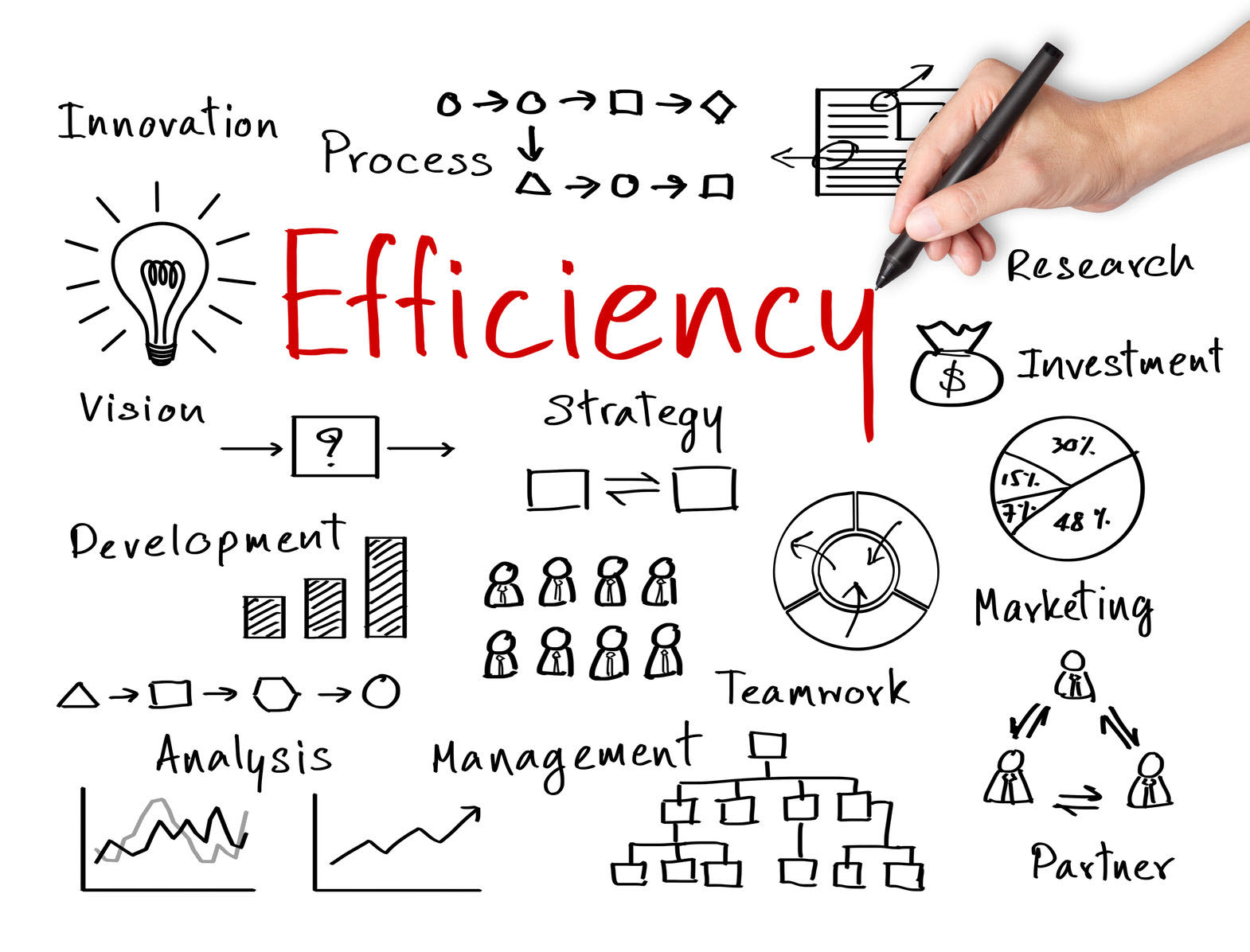Bringing together lean, six sigma and BPM

Is Your AI and Automation Strategy Right for You?
What is Lean Management?
Originally developed for manufacturing, the Lean style of management focuses on improving customer value while moving toward zero waste. Zero waste doesn't just refer to product. Instead, the goal is to minimize wasted movement, time and verticals across the entire organization, allowing companies to provide flexible, high-quality service using the smallest amount of necessary resources.What is Six Sigma?
Six Sigma is a process improvement strategy that focuses on error reduction via data-driven improvements to processes, supply lines and so forth. By bringing the number of errors down, companies provide better service to customers across the board.Combining Six Sigma and Lean Management
Both of these management styles drive towards bottom line results. When combined into Lean Six Sigma, they identify areas of waste, reduce and remove activities that fail to add value and ultimately improve the capacity and capability of the entire organization. Even IT departments can reap the benefits of this approach as they remove wasted steps and communication breakdowns from application development processes. By doing so, key team members and budget lines are freed up to help clear projects from the backlog.Where Business Process Management Enters the Picture
Business process management (BPM) programs and service-oriented architectures (SOAs) integrate with a Lean Six Sigma management approach to speed up both improvements and results. By combining technology and strategy, businesses see improvements like:
- Better responsiveness to changes in the market and regulations.
- Innovation and strategic differentiation by offering more flexibility and the ability to tune internal processes to meet changing customer needs
- Optimize processes to reduce waste.
How BPM and SOAs Add Value
The goals of a Lean Six Sigma approach are clear, but implementation can be problematic without the right technology. BPM technologies offer assistance with process modeling and analysis to identify weaknesses, and also help create automation systems that follow established rules and automate workflow. Through executive dashboards, upper level management can see real-time performance metrics that allow for enterprise-level strategic planning. SOAs make organizations more flexible, allowing for quick changes to existing processes and offering the building blocks to assemble new processes as needed. Companies that successfully blend Lean Six Sigma with BPM technology can outperform the competition.
Looking for Technical blog posts? You can sign up for email updates below by subscribing to our convedo Tech Talk


